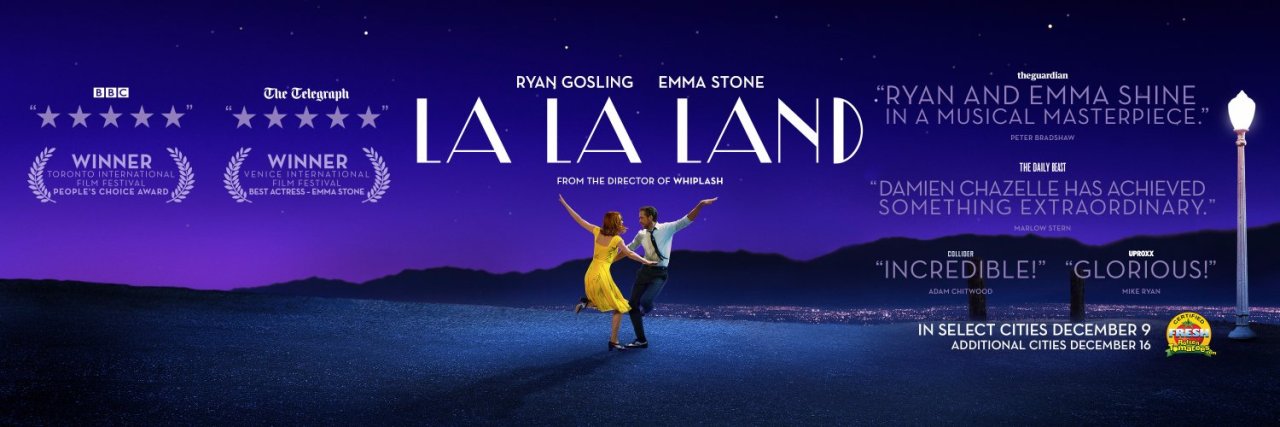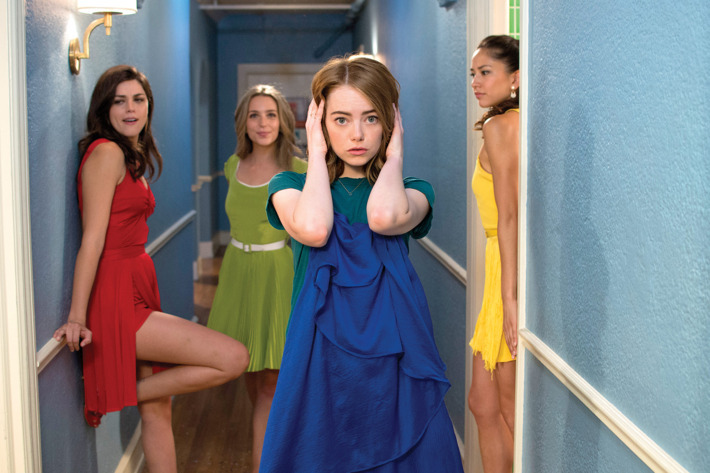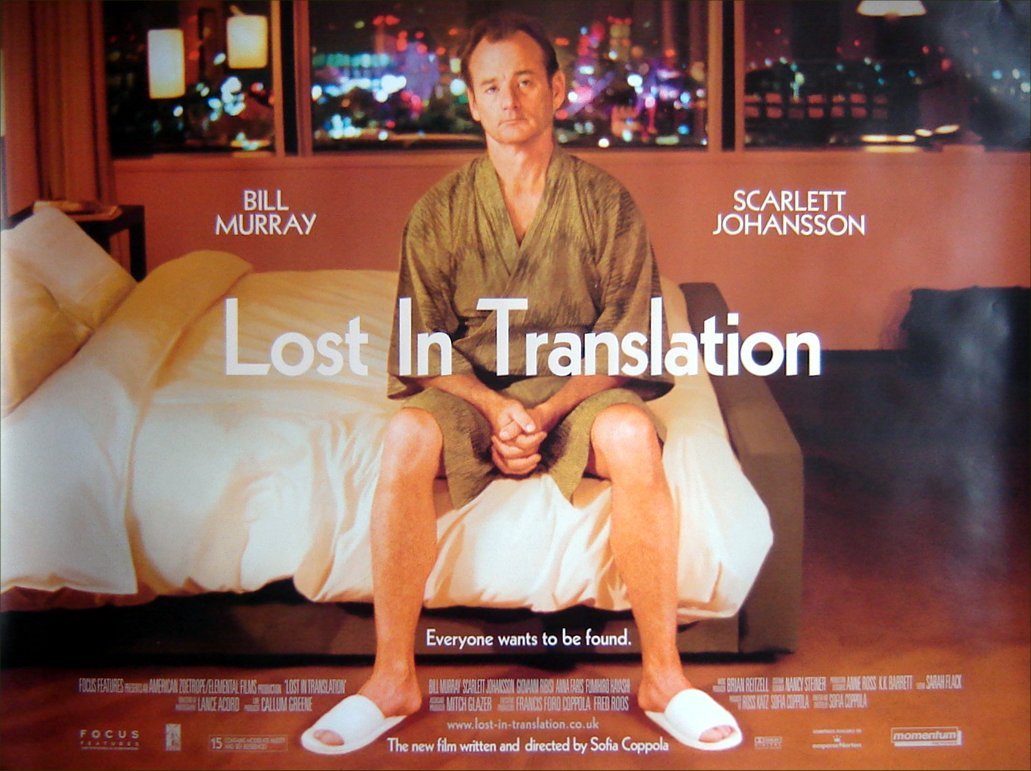The Subprime Directive
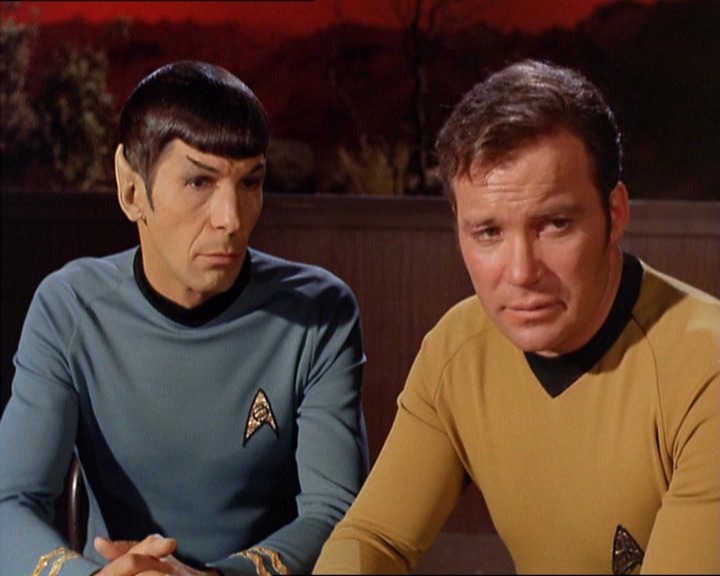
no one likes us / i don’t know why
I.
Trying to extract useful information from the 24-hour thinkpiece cycle is like trying to learn English by listening to low fidelity death metal: the signal to noise ratio is very, very low. (Admittedly, kind of a silly comparison—one imbues the audience with depraved bloodlust for unspeakable atrocities, the other is a genre of music.) The cacophony of 40,000 anhedonics exhausting every topical combination of syllables would be enough to institutionalize the Dalai Lama; words are infectious; once you find yourself forming political opinions about internet memes, your life is game over, A + B + Select + Start. I mean damn, I love pattern matching as much as the next former toy-sorter, but sometimes it’s okay to accept that a cigar is a cigar and a butterfly in New Mexico was having a bad day.
If you do want to stay “informed,” instead of doing something worthwhile like working at a soup kitchen or practicing the yo-yo, my advice is that you train yourself to zoom out. No one post-puberty will make a significant error of deductive reasoning. Nothing horrifies a teenager like hypocrisy: the first thing we learn out of Eden is how to circle A —> B around into Z —> A. Logic is easy, ask any expert on Aether. Nor will anyone worth rap battling commit a decisive factual error. Our flat earth has enough case studies to support even the most whacked ideology, ask any schizophrenic. Further, we humans of latitude have practiced the art of the squeal since our first lung expansion. We may be terrible at diagnosis, but we are the GOAT at identifying symptoms. So when you roll up your sleeves to shadowbox with a Bad Argument, you are going to face an internally consistent worldview backed by genuine hurt and fitting examples. This is why change is so difficult, and why other people are so infuriating: the problem is not bias, it is incompleteness. The only way out is to spot what is not included, the lie of omission, which requires perspective. Any given data point is both true and meaningless, a straight line across points makes you Nostradamus. Most arguments are nonsense, but when everyone chooses the same type of nonsense, that tells you something very interesting indeed.
With this methodology in mind, it is my contention that three of the most prevalent post-election news trends are designed with a single goal in mind: to prevent you from looking too closely at this picture—

—while humanity gets crunched into Google AdWords and fed to Cthulhu. The end of all things will be search engine optimized, at least we can take comfort in that.
Trend the first - Fake news: “Solving the Problem of Fake News” (New Yorker), “Donald Trump Won Because of Facebook” (New York Magazine), “Fake News Expert On How False Stories Spread And Why People Believe Them” (NPR), “Students Have ‘Dismaying’ Inability To Tell Fake News From Real, Study Finds” (NPR), “How Fake News Goes Viral: A Case Study” (New York Times), “How to Destroy the Business Model of Breitbart and Fake News” (New York Times), “The plague of fake news is getting worse – here’s how to protect yourself” (CNN).
Trend the second - Post-truth: “This Article Won’t Change Your Mind” (The Atlantic), “Why Facts Don’t Change Our Minds” (New Yorker), “Why facts don’t matter to Trump’s supporters” (Washington Post), “Why People Continue to Believe Objectively False Things,” (NYTimes), “Why We Believe Obvious Untruths” (NYTimes), “It’s Time to Give Up on Facts” (Slate).
Pause—why do these articles, I suppose it’s too meta to call them “fake news”, exist? I mean, human intransigence has been around since at least the 1980s. And yes, Breitbart sells souls wholesale, but for every article penned in blood by Mephistopheles there are 666 million (Snopes confirms) incorrect tweets, tumblr posts, reddit comments, and Facebook memes. Where do people really get their news? The Urban News Network has no wish to enter such murky waters, nor do they want you to ponder their 2016 election blindsiding and whether, perhaps, maybe, their self-righteous sensationalism even contributed to this abhorrent outcome. No, quite the opposite:

Private browsing and Adblock if you must click the links, these sites will give your computer herpes.
Denunciations of “fake news” both aggrandize the media and flatter their readers—who, after all, are being informed by the Pulitzer-winning journalism that America needs. This crowd is even more pleased by articles on our innate resistance to facts, social science skin flicks brought back pay-per-view. Fake news is a concrete, solvable problem, but “Post-truth”—and note that anyone who uses this phrase is not just drinking the Kool Aid but is doing a keg stand with it—“Post-truth” is cozily fatalistic. “Some people, they just can’t handle facts. What can you do?” Needless to say, every human intransigence piece references the Trump administration in either the first or last paragraph, except the Atlantic piece, which compensates via a cartoon illustration of a Trump supporter being unable to handle facts.
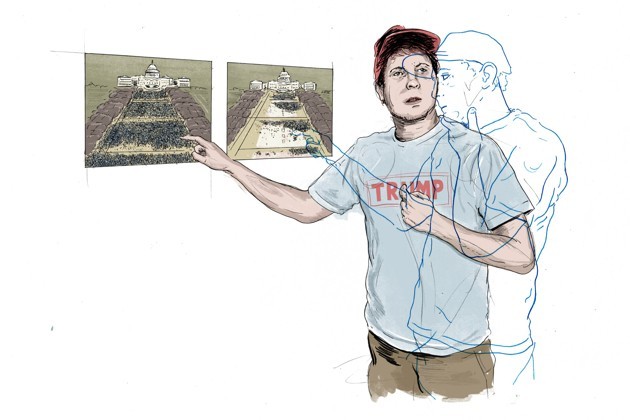
It’s comforting to know that everyone else is dumb, else Facebook would be out of business. But imagining that ¾ths of the U.S. is occupied by orcs is actually a little scary. It’s too many people to hate, and they have guns, and besides, it’s no fun to be disliked. “Why would they be angry at us?”
Trend the Third - The Oxy and the Pity: “The Original Underclass” (The Atlantic), “2 of a Farmer’s 3 Children Overdosed. What of the Third — and the Land?” (NYTimes), “‘Deaths of Despair’ Are Surging Among the White Working Class” (Bloomberg), “Study: Communities Most Affected By Opioid Epidemic Also Voted For Trump” (NPR), “Orphaned by America’s Opioid Epidemic” (Washington Post), “Disabled, or just desperate?” (Washington Post), “Why The White Working Class Votes Against Itself” (Washington Post).
Not everyone absorbs information through the cultish repetition of buzzwords. So, to accommodate visual learners, the Washington Post has been kind enough to provide photos.
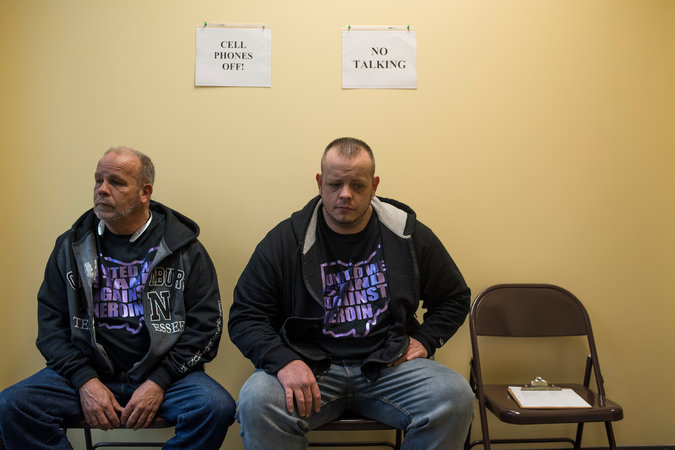

He returned in torn jeans and, with nothing better to do, went outside. He limped to the truck and fiddled with jumper cables. He set a fire inside an iron bin and burned some trash. He inspected a sheet of aluminum he had found, wondering how much he could sell it for. He walked into the woods and walked out. He looked at the road. A car hadn’t passed in a long while. It was 1 in the afternoon. The day already felt over. (Washington Post)
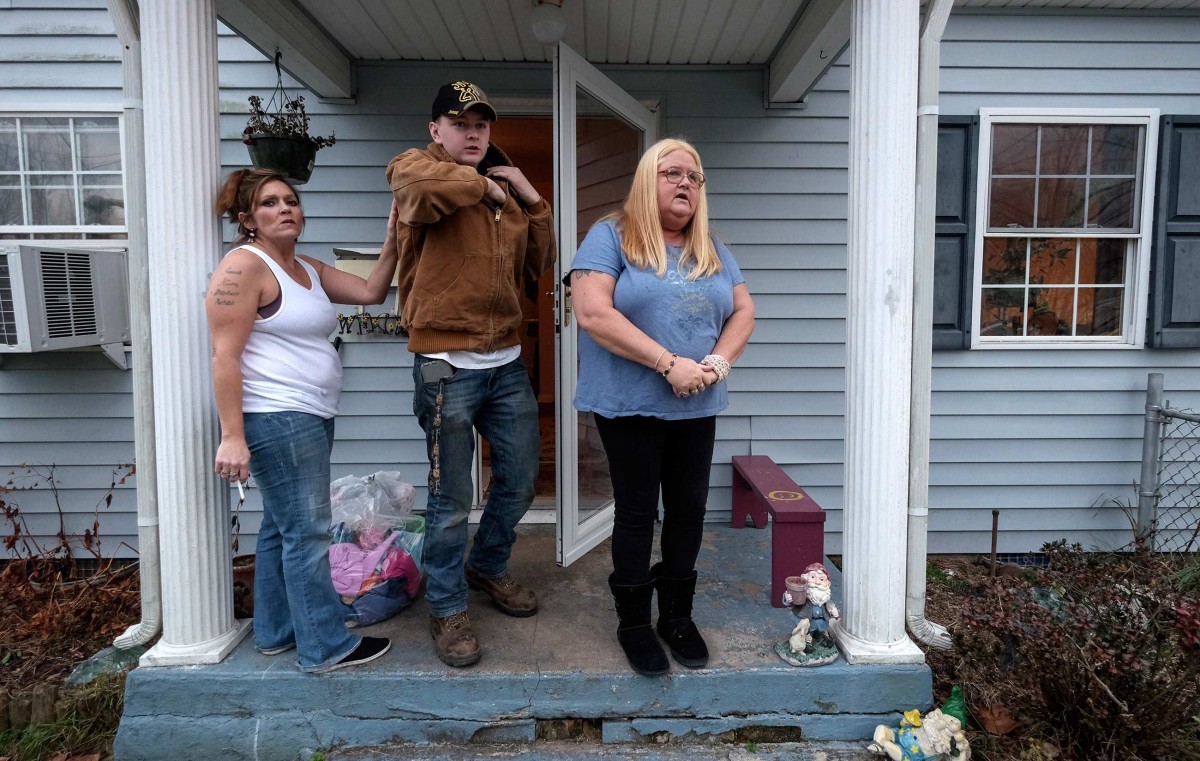

Madie Clark looks in on her granddaughter Zoie Pulliam, 10, and a visiting relative at their home in South Charleston. Clark moved into the bedroom where her daughter Amanda Pulliam and son-in-law Austin Pulliam died of heroin overdoses. (Washington Post)
This is poverty porn. Orphaned kids and burning trash and mothers trailing secondhand smoke and framed pictures of Jesus. Sunburns and Frito-Lays and rotting teeth and AM country radio in waiting rooms. Dead grass, chronic pain, highway-Walmart-highway tessellated on a map. The loss of manufacturing jobs. A people devoid of purpose, seeing no option but to kill the pain or else themselves.
If you think the above paragraph is accurate, then I bet you think rap music videos are an accurate depiction of urban black life. It’s a stereotype, a stereotype constructed for your convenience. There are more things in heaven and earth, Horatio, than are dreamt of in your half-forgotten high school reading list. I don’t dispute that Dogville is accurate for some portion of the white working class. But it’s far from the whole picture.
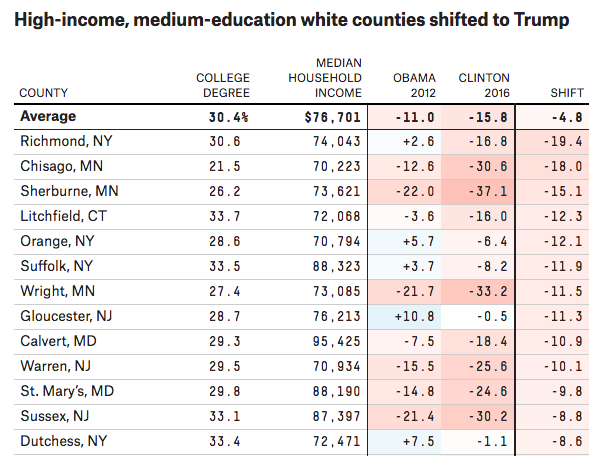
Per fivethirtyeight: Clinton did well in medium-income, high-education counties; Trump did well in high-income, medium-education counties, pictured above. No one in a town of 95k median income is so overwhelmed by “economic anxiety” that they spaz out into intravenous heroin. #MakeAmericaGreatAgain is predicated on education, or lack thereof—class, not income. And to the neutral pH water crowd, that’s terrifying.
Different monikers have been proposed for the Urban News Network audience: blue tribe, White People, upper middle class, Aspirational 14%. For simplicity, I’m going to use “liberals,” but please do not interpret the following blast of vitriol as “conservative,” “leftist,” “anarcho-marxist,” or otherwise politically motivated. You will not find a policy proposal here. This is a critique of people.
The alt-right contends that a liberal belief in “multiculturalism,” uttered as a slur, is undermining the foundations of civilization. They’re delusional. Liberals don’t believe in multiculturalism at all. In its purest form, liberal ideology only recognizes two types of people: liberals, and the tragically misguided—who, if not for their brainwashing, would listen to hold music and take Zoloft like any sensible person. Oh sure, you can consume your culture. Dress how you will, eat your ethnic food and celebrate your ethnic holidays (how exotic!), place your religion on the mantlepiece, complain about white people on any number of white-people-owned forums and newspapers. Be as cultural as you want, as long as you choose cash or credit and don’t contradict the superculture. Zizek voice:
“The tragedy of our predicament, when we are within ideology, is that when we think we escape it, into our dreams—at that point, we are within ideology.”
Liberals do not want to look at cultural values, they do not even want to acknowledge that cultural values exist, because that would mean they have a set of cultural values, and ain’t nobody gonna FaceTime that abyss. So how do liberals explain the people who read magazines about car radios? If the FOX demographic contains human beings with thought-out opinions, then they are terrifying. But if they are would-be Tesla owners who have been cruelly deprived of Cotillion lessons, who have been tricked by Steve Bannon into liking Harley-Davidson and hydromorphone, who, as the saying goes, are “voting against their own interests”—then nothing needs to change.
As of late, this blog’s essays have been obsessed with a particular theme: how, in a capitalist society, defining yourself against something perversely encourages that something to exist. Your freakout alerts enemies, exes, and passing contrarians that they should rush to the other side; your panic deepens; soon enough you’ll pay the opposition to set up their bowling pins just so you can see them get knocked down again. But if/when your rage congeals into boredom and it’s time to silence a group once and for all, a different tack is required: pity.
The media coverage of the opioid epidemic aims to turn rural America into an Oppressed Group. It is the final bombardment of a culture war campaign that has been going on for decades, spearheaded by 600 episodes of This American Life crying “Look, even these savages have some nobility!” The Hallmark cards for Trump voters are not an attempt to heal a divided nation, they are Liberals Going Their Own Way. We want other groups to be post-truth, deprived of free will in an incoherent and unjust society, because this allows us to completely ignore them. For their own good.
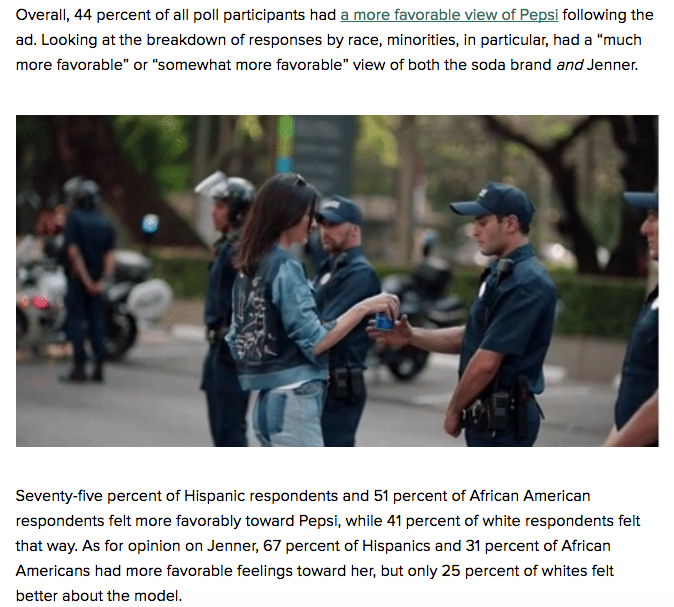
Sam Altman of Y Combinator asked Trump supporters to explain to their vote. A few highlights:
“He is not politically correct.” Note: This sentiment came up a lot, probably in at least a third of the conversations I had.
“He is anti-immigration.” Note: This sentiment came up a lot. The most surprising takeaway for me how little it seemed to be driven by economic concerns, and how much it was driven by fears about “losing our culture”, “safety”, “community”, and a general Us-vs.-Them mentality.
“He is anti-abortion.” A number of people I spoke to said they didn’t care about anything else he did and would always vote for whichever candidate was more anti-abortion.
I humbly submit that NONE OF THESE ISSUES were discussed in the run-up to the 2016 election. “Political correctness” prompted an eye-roll and a mention of a rogues gallery weakman (e.g. Milo Yiannopoulos). Immigration was always discussed in terms of economic anxiety or xenophobia/racism, never in terms of “loss of culture.” As to abortion…“What is this, 2004? Who cares?”
I have no idea if Altman’s sample was representative, methodology not printed, standard disclaimers apply. But I am concerned. As Hollywood liberalism disappears deeper and deeper into its own fractalizing asshole, those outside its cultural sphere—in America, France, England, and elsewhere—will feel progressively less heard and respected, which will prompt liberalism to bury its head all the more. “How come the white working class uses government programs while railing against handouts?” Because you are the government. They’ll take what they can, but they’ll be damned if they beg for it. “Why are all these hicks voting for authoritarianism?” Exercise some basic cognitive empathy, please. They’re not voting for authoritarianism. They’re voting for fuck you.
All I’m asking for is honor in dueling: when someone raises a specific complaint, address that complaint, not what you think that complaint should be. I’m not saying that you have to be nice to Trump supporters. I’m not saying their opinions aren’t—arguably—myopic, evil, stupid. But it’s far better to say that someone has stupid opinions than to say that someone is so stupid that they are incapable of having a meaningful opinion. Liberal insistence on the latter has turned political discourse into a vacuum where everyone can scream yet no one feels heard. You should see what it’s done to their kids.
